Salivate all you want over the remake of Carrie coming this month from, of all people, Boys Don’t Cry director Kimberly Peirce. After all, October and the fall gloaming is the traditional time to venture to the multiplex and face our suppressed fears of death, strangers, isolated cabins, sexy Europeans, heights, new neighbors, abandoned houses, hitchhikers, mice, spiders and showers. (Did I miss anything?) While it can be satisfyingly chilling to be spooked by sociopaths and serial killers in the cool communal darkness, I prefer filmmakers who push beyond our (and often their) comfort levels in pursuit of something more disturbing than cheap thrills. You really want to know what evil lurks in the hearts of men? Proceed at your own risk.
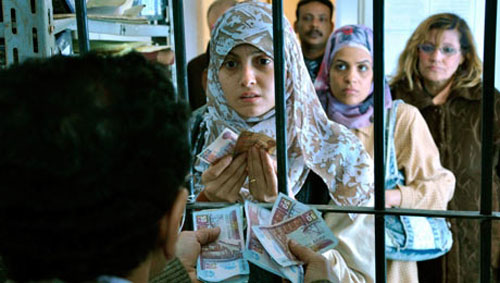
Born in Saudi Arabia, educated in Egypt, and film-educated in New York, Mohamed Diab achieved heady success in his early 30s as the screenwriter of a handful of hugely popular Egyptian films. He parlayed his newfound leverage into directing Cairo 678 (2010), a non-commercial drama that exposed the ubiquitous public sexual harassment of women in the megalopolis and revealed the profound dissatisfaction with the status quo that soon thereafter pitched Egypt into political turmoil. As a San Francisco Film Society artist-in-residence, Diab is presently spending a packed two weeks in our town visiting high school and college classes, presenting Cairo 678 (Thursday, Oct. 10 at New People Cinema in Japantown) and participating in a casual interview and conversation (Monday, Oct. 14 at FilmHouse, 1426 Fillmore). If you are curious about the future of political cinema and social drama in Egypt — and the Arab world — catch Diab while he’s here. For more information visit sffs.org.
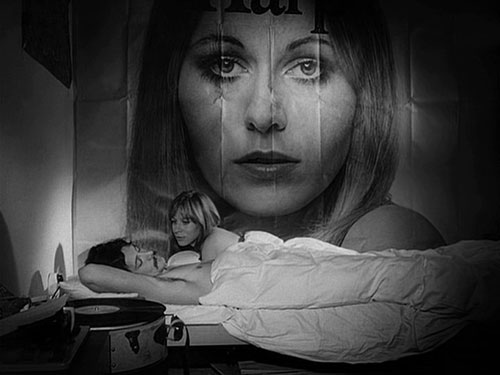
Rainer Werner Fassbinder, the peripatetic and indefatigable enfant terrible of the German New Wave, produced an astounding number of films and plays in his 37 years on the planet. Nearly all of that work, from the savage satire of Fox and His Friends (1975) to the luscious melodrama of The Marriage of Maria Braun (1979), pulled back the curtain on the lies, secrets and hypocrisy that was the foundation of German middle-class complacency from the ’50s to the ’70s. Looking back, perhaps it wasn’t all that difficult for Fassbinder to pierce the wall of self-denial and shock German audiences. So why do his films continue to move and disturb us, so many decades and miles from the crimes and legacy of the Third Reich? Love Is Colder Than Death: The Cinema of Rainer Werner Fassbinder unspools October 4-10 at the Roxie, October 4 through December 15 at the Pacific Film Archive in Berkeley and October 17 through December 21 at Yerba Buena Center For the Arts. For more information visit bampfa.berkeley.edu.
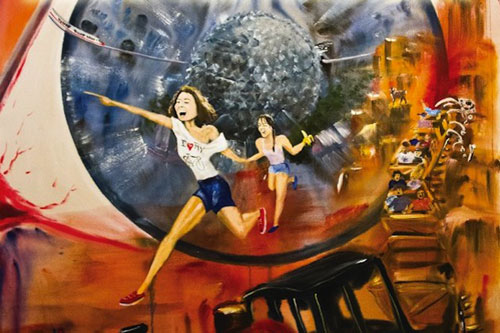
The Disney empire, you may know from personal experience, exercises extraordinary control at its theme parks. Behave unpredictably, speak seditiously and break the rules at your own risk. Gutsy, audacious filmmaker Randy Moore did the unpredented and nearly unthinkable: He shot a narrative feature film at Disney World and Disneyland, without the knowledge or consent of the Mouse Housekeepers. (It’s amazing what you can do with small cameras these days.) Escape From Tomorrow is a surreal, low-budget, black-and-white chiller about a dad cracking up on a family vacation. I, for one, am not surprised. I owe my phobia about mice to Uncle Walt. Escape From Tomorrow screens October 11-17 at the Roxie in San Francisco. For more information visit roxie.com.
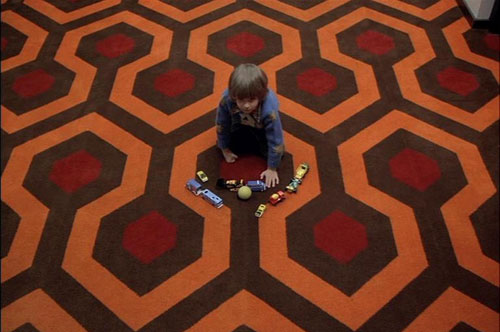
Other Cinema, filmmaker and curator Craig Baldwin’s long-running outpost of underground film in the Mission, begins October with a live-cinema hootenanny boasting double projections and image/improvised music pairings (October 5) and Josh Ackerman’s long-in-the-works Widely Unknown (October 12), a record (shot largely by his late father, Ralph) of a pivotal 2001 exhibition of SF graffiti-inspired installations at NY’s Deitch Gallery. Those experimental programs give way to revivals of more conventional, and more Halloween-related, documentaries in the second half of the month. L.A.-based Rodney Ascher returns to his old haunts on October 19 to screen last year’s Room 237, a fascinating compilation of deeply obsessed and possibly lunatic interpretations of Kubrick’s horror-ific The Shining. As a bonus, Ascher unveils Mega-Mix, a subverted clip reel of Hollywood leading ladies compiled especially for this show. The Other then ghouls it up with Spine Tingler! The William Castle Story (October 26), a tongue-in-cheek documentary about the late huckster-producer of The Tingler and other low-budget gimmick flicks. (Castle was the inspiration for the John Goodman character in Matinee.) For more information, visit othercinema.com.
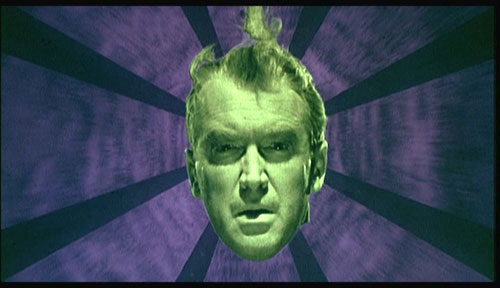
You expected Alfred Hitchcock to make an appearance, and here he is. There’s more to Hitch than meets the eye, or the nervous system, however: Did you know that Psycho (1960) marked the first motion picture to show a toilet being flushed? Just one of countlesss taboos the master delighted in breaching in his long and wonderful career. The San Francisco Symphony celebrates his genius, and his collaboration with composer Bernard Herrmanm in particular, with four consecutive nights of unsettling film and brilliantly effective music. Hitchcock Week at Davies Symphony Hall commences October 30 with Psycho, followed by The Lodger (1927) accompanied by organist Todd Wilson, Vertigo (1958) and Hitchcock! Greatest Hits. Don’t be lulled by the tony surroundings into a false sense of security. Be afraid. Be very, very afraid. For more information, visit sfsymphony.org.


